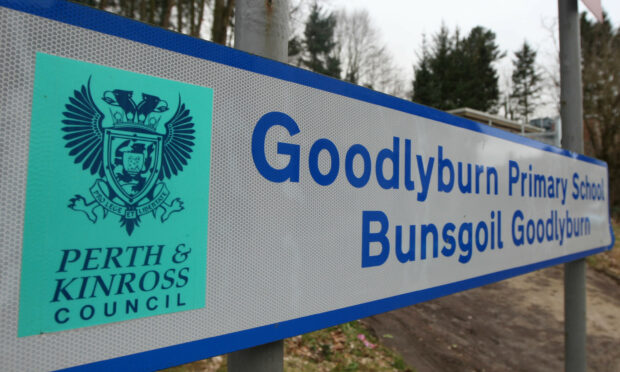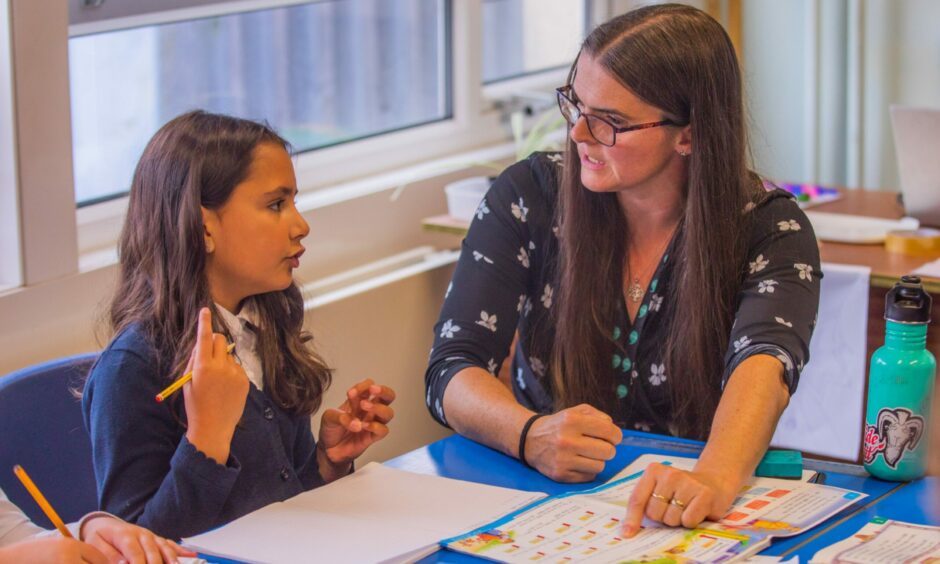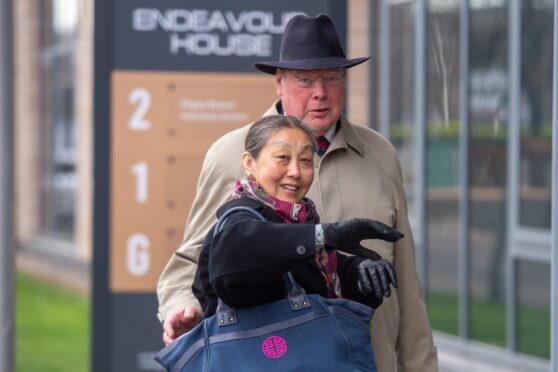We asked readers whether they thought Gaelic should be taught more widely in Scottish schools.
Our poll coincided with the launch of a government consultation on creation of new Scottish languages legislation.
We also visited a Perth school – Goodlyburn Primary School – where some pupils are taught entirely in Gaelic.
Depending on how you interpret the results of our poll, the majority of respondents (55.93%) are against Gaelic being taught more widely.
Or, the majority (69.72%) are for the language being taught to some extent.
But either way, less than half (44.04%) wanted more Gaelic teaching.
Poll results:
Should Gaelic be taught more widely in Scottish schools?
- Yes – 44.04%
- No, it shouldn’t be taught at all – 30.25%
- No, the current offering is sufficient – 25.68%
The debate
Our poll prompted great debate, with readers leaving hundreds of comments on our website and our social media posts.
Angus Loon said: “Scotland is lucky to have 3 distinct languages – English, Gaelic and Scots. All have been used in the various Scots parliaments. Why shouldn’t we celebrate this – it’s what makes us different?”
For Scotland… Gaelic can open a whole window into the world.”
Douglas Chalmers
Douglas Chalmers claimed it cost no more to teach kids through Gaelic and wrote: “For children themselves, bilingualism has long been known to be a benefit, and for Scotland as a whole, Gaelic can open a whole window into the world that we might otherwise not know.
“Even things as simple as places names – ie Dun Dè – which in Gaelic means ‘Fort on the Tay’ tells us a bit more than the English word ‘Dundee’, which as a Dundonian I think is lovely of course, but doesn’t actual ‘mean’ anything, unlike the original Gaelic name.”
It is a total waste of time and money foisting Gaelic on people who don’t want it or have no cultural connection with the language.”
Jerry48
Although happy for Gaelic to be supported as part of Scotland’s culture and heritage, Jerry48 said: “But, and it’s a big but, it is a total waste of time and money foisting Gaelic on people who don’t want it or have no cultural connection with the language.
“So keep it to the north-west Highlands and Islands, teach it in extra classes after school or at weekends elsewhere.”
Dundee Dave commented: “I would concentrate on English in primary with maybe an after school class if demand warrants it.”
There are three primary schools in Courier country offering Gaelic medium education, Goodlyburn Primary School, Whitehills Primary School in Forfar, and the primary school of Breadalbane Academy. GME pupils learn entirely in Gaelic, being immersed from P1 in the language with English only introduced at P4.
The Scottish Government consultation runs until November.












Conversation